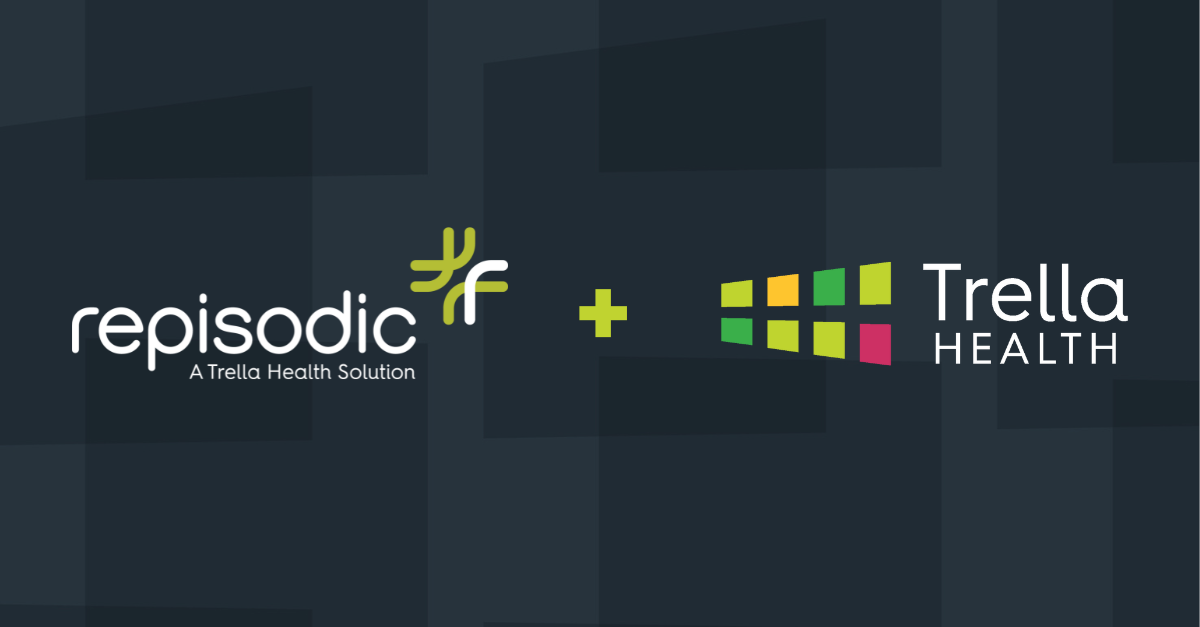BLOG
Referral Targeting Strategies Series: Building a Specialty Program
By: Jess Chew | November 23, 2020
One way to grow your referrals and drive more revenue to your agency is by building a specialty program that meets the needs of patients in a certain diagnostic category. While you may be fully equipped to serve a variety of patient and diagnostic needs, you may notice a pattern with your referrals, outcomes, and operational strengths.
In our last post, we explored understanding the diagnostic landscape and patient mixes for your agency as well as your market. In this post, we’ll dive further into strategies for increasing referrals within a specific diagnostic category that your agency excels in. How can you strengthen your affiliation with your existing referral sources? Can your performance influence your operational alignment? How can you use these performance metrics to influence other providers in that specialty who are more closely aligned with your competitors?
Strategy 5: Building a Specialty Program
If your agency performs well on any of the key metrics that matter to patients and physicians in a specific diagnostic category, you should consider building out a specialty program around it. Essentially, you’ll create an operational, marketing, and tactical plan to support patients in that category that enable your agency to provide optimal outcomes.
Focus on your agency’s existing strengths to establish your reputation as a high-performing destination for certain specialty patients. Communicating about your specialty programs – from staff and training to measurable results – can help you become the obvious choice for both your existing referral sources and new physician and facility targets as well.
To build a specialty program that meets the needs of your market, take the following approach:
Evaluate your Strengths
Start by looking at the diagnostic categories your agency serves most. What categories make up the highest percentage of your patient mix? The lowest? Now compare that to the averages for your county and state. This gives you an idea of how well your existing offerings fit into the overall need for your market. A strong correlation between your top categories and those in your market indicates you’re already on your way to building a specialty program and that there’s a demand for services you excel at. Now, you need to build a value story around your offerings and performance for patients in this category.
However, if your state or county sees a high percentage of circulatory system patients, but your agency sees primarily pulmonary cases, you have an opportunity to create a new specialty program better suited to the bulk of patients in your market. We’ll explore this strategy more in our next post.
Identify your Targets
With your agency’s strengths in mind, you can identify the ideal physicians and facility targets that you should engage with:
- For physicians with which you already have a referral relationship, explore their patient mix. How does it correlate to yours? If your patient mixes are both primarily comprised of circulatory, for example, it would be good to meet to discuss how your agency can best support their patients’ needs.
- Now, look at your facility referral partners. Do you have a stronger affiliation with one physician over others in the practice? Can you leverage your success with one physician to grow referrals from others in their practice?
- To help build a relationship with a new practice or physician, you can target them based on their specialty. While specialty and diagnostic categories aren’t exactly the same, there is some correlation that can help you narrow the field. When you’ve identified the physicians or facilities that align with the specialty program you serve, compare your performance to their existing referral destinations.
- If there are competitors in your market who specialize in the same diagnostic category that you do, find out where their referrals are coming from, then compare your performance to theirs. If there’s a noticeable difference, you may be able to build a new relationship – and increase your market share at the same time.
Engage in a Conversation
Once you’ve built your specialty program and identified your target referral partners, it’s time to start marketing your agency as the go-to post-acute care destination in that diagnostic category. You already know your audience’s challenges – they want to ensure the best post-acute care outcomes for their specialty patients. In order to prove that your agency fits the bill, speak to the metrics that matter for them.
- How do you compare to their other top destinations? Look for the destinations with the biggest disparity in patient outcomes and start there. Key metrics for a home health agency to share include:
- Total Cost of Care
- Readmission Rate
- You already have a track record of success in this diagnostic category. Show the impact your agency has on patient outcomes for your existing referral sources.
- Help quantify the expected benefits of referring patients to your agency. How much could your agency reduce your referral partners’ avoidable readmissions? How much lower is the total cost of care, on average, for patients from your other referral sources? If you can reduce these metrics by 2% or $1000/patient over the course of 500 patients per year, would that be worth it?
What’s next?
Because your value proposition relies on demonstrating a value you already provide, it’s simply a matter of knowing who to talk to and how to present it. Rather than relying on existing relationships, performance metrics and market insights can help you present a much stronger case – and are more likely to help you increase your market share.
Trella Health customers have access to all the metrics we discussed in this article. For more information on how to use Marketscape to identify specific diagnostic categories to target or to create sales collateral, contact your Customer Success Manager or request personalized training.
If you’re interested in learning more about how Marketscape from Trella Health can help you improve patient care and increase admissions with this and other targeting strategies, schedule your personalized demonstration today.
Stay tuned for our targeting strategy series’ next installment, where we focus on helping you use these same metrics to create a new specialty program. And don’t forget to check out the rest of our targeting strategy series.
















